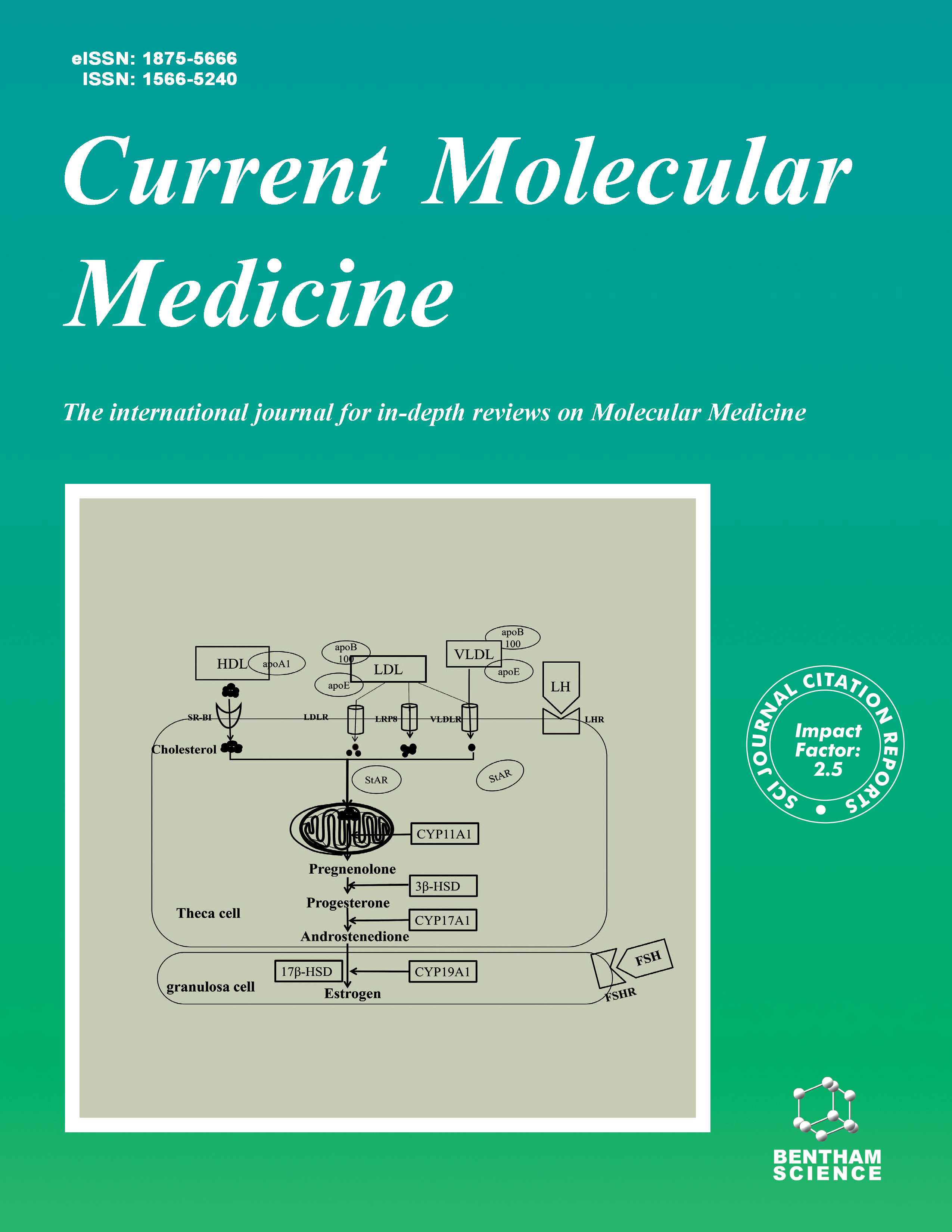
Full text loading...
We use cookies to track usage and preferences.I Understand

Vitamin C plays a significant role in various physiological functions. Humans depend on external sources of vitamin C due to the loss of the L-gulono-γ-lactone oxidase (GULO) gene that contributes to the synthesis of vitamin C. During the evolutionary loss of the GULO gene, physical, chemical, and biological factors were different from the present environmental settings. Besides the evolutionary genetic loss of the GULO gene, there is a gap in the insightful discussion on the potential implications of the non-functional GULO gene towards the predisposition of humans to cancer that faces hostile and carcinogenic environments. Various methods by which vitamin C modulates cellular processes related to cancer, including DNA repair, epigenetic changes, and redox balance, are discussed. Furthermore, we present experimental and clinical evidence indicating that vitamin C deficiency promotes tumor growth, metastasis, and therapy resistance, emphasizing its potential as a cancer phenotypic modulator. Therapeutic implications of restoring vitamin C levels in cancer treatment range from improving the efficacy of conventional medicines to exploiting metabolic vulnerabilities in tumors. The relevance of assessing vitamin C status in cancer patients and the basis for additional research into vitamin C supplementation as an adjuvant therapy is emphasized. This paper presents a comprehensive overview of the implications associated with the functional deficiency of the GULO gene in human subjects exhibiting diverse tumor hallmarks, encompassing ECM remodeling, hypoxia, epigenetic reprogramming, oxidative stress, and drug responsiveness.

Article metrics loading...

Full text loading...
References


Data & Media loading...